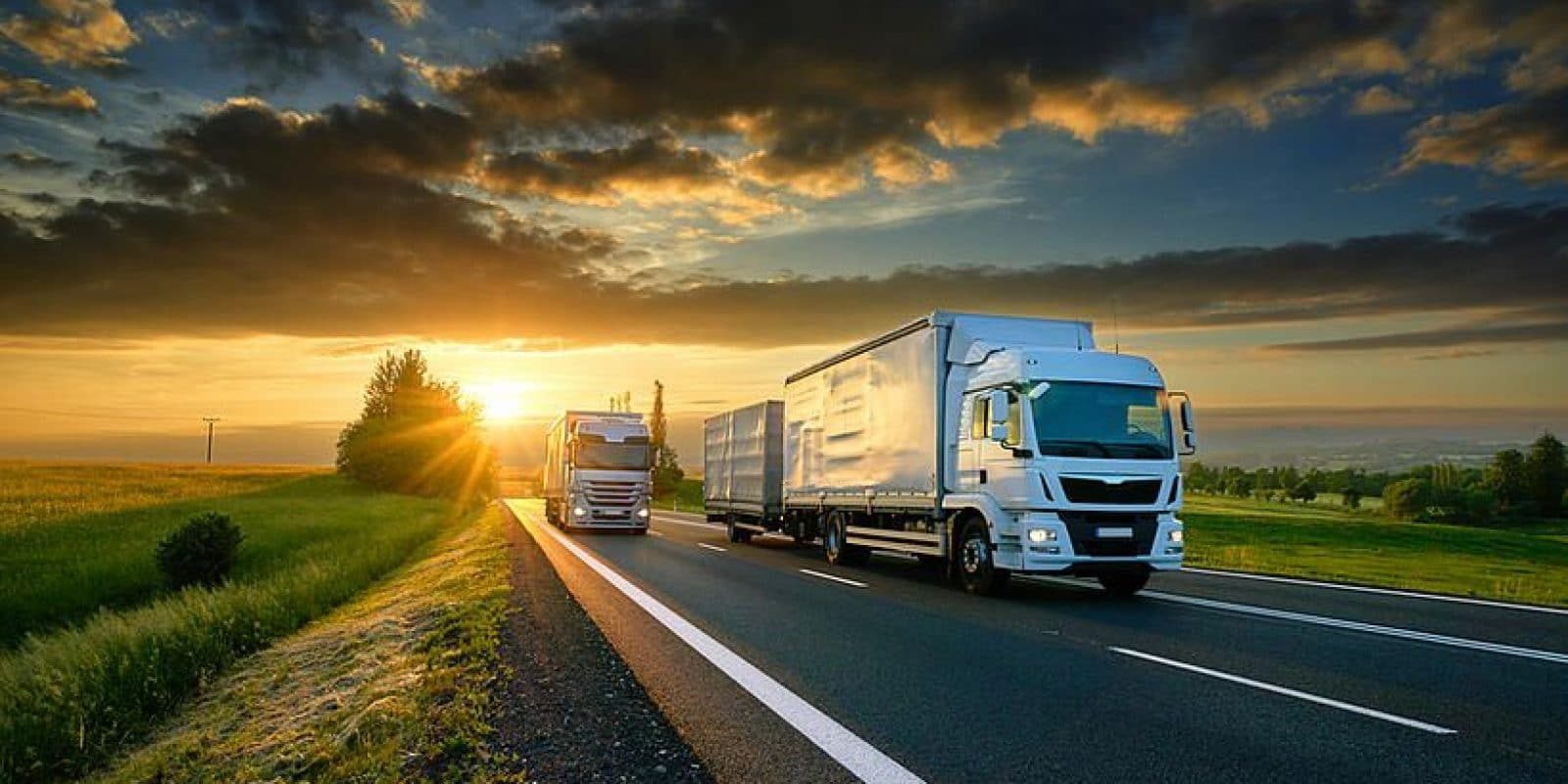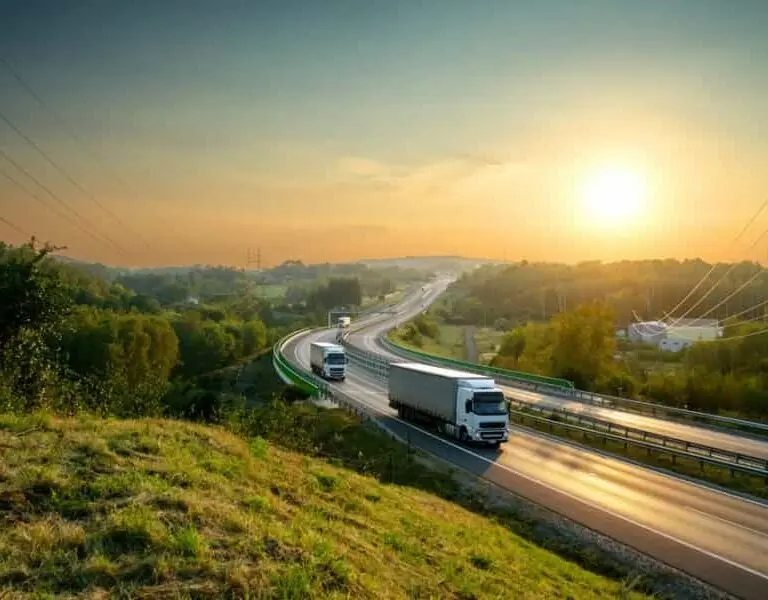The domestic trucking industry is currently valued at $791.7 billion, a reflection of physical assets and proprietary technologies under ownership of industry participants. The industry at large is responsible for hauling approximately 72.5 percent of all freight transported across the U.S. Further, the industry employs nearly 6 percent of all full-time workers comprised in the domestic labor market. As a result, the trucking industry carries significant implications for the American workforce through means of gross employment, while the fundamental performance of the domestic economy itself is broadly supported by successful outcomes across the trucking industry.
Current Industry Dynamics: Driver Shortages
Throughout the past several decades, various structural labor market forces have contributed to a challenging environment for the trucking industry, coupled with a negative disposition regarding employee engagement in light of diminished hygiene factors. The shortage of truck drivers is presently estimated at 80,000 individuals, which is up over 30 percent from a 61,000 driver deficit in 2018. The difficulties pursuant to present day employee retention are centered upon working conditions and compensation. The industry has consistently demanded onerous labor commitments from drivers, often approaching 300 days on the road per calendar year. Presently, this length of time has only been further exacerbated due to increased operator shortages in the contemporary trucking environment.
With the perception that the long-term expectation of trucking is a zero-sum game for operators due to impending technological advancements, the industry has been hampered by swift departures and a diminished supply of employable prospects. This circumstance is accentuated by the industry’s challenges in attracting and retaining younger operators, which has left it acutely vulnerable to an aging workforce. Further, the pandemic has induced an early retirement movement, which immediately and significantly reduced qualified labor availability. An estimated 37 percent of currently employed truck drivers could also leave the industry if the current administration’s vaccine mandate is implemented.
How Can These Structural Issues Be Remedied?
To circumvent these obstacles over the immediate horizon, freight companies have several tools at their disposal, chief amongst them being compensation increases. For instance, companies could determine to offer heightened salaries, particularly with concerns surrounding inflation, and they could provide increased bonuses predicated upon objective measures, such as miles driven, or subjective measures, including stakeholder performance reviews. Moreover, companies could offer additional premium benefits to drivers in the realms of insurance coverage or pension plans, in light of increased cost-of-living expenses that will certainly impact retirement savings objectives. If resource constraints subside, companies may also offer workers more flexible hours of operation or additional paid time off, both of which could lead to improved physical and emotional health.
These solutions, however, are not viable or economically sustainable over the longer term, as the pace of technological development could ultimately render the use of human drivers as unnecessary. Throughout the previous decade, several advanced technology companies, including Tesla and Waymo, have invested millions of dollars into research and development efforts aligned to develop and implement devices that will support driverless trucks, such as sensor systems and robotic equipment. Over the previous year, Walmart has also implemented autonomous trucks that traverse middle-mile routes in several jurisdictions, with additional advanced fleets expected to be developed and broadly leveraged nationwide across the next decade. Ultimately, the appeal of increased operational efficiency and consequently bolstered profit margins continues to entice trucking companies and retailers alike to explore options to construct fleets of autonomous, self-driving trucks.
Why are Driverless Trucks Going to “Fill the Void”?
Driverless trucks will provide operational and financial benefits to carriers and customers alike. In addition to benefiting operators and customers, these changes are likely to become a necessity to support increasing demand with declining driver availability. Efficiency, cost and environmental benefits stem from increased utilization of driverless trucks.
- Efficiency: Driverless trucks remove the obstacle of HOS limitations on drivers, thus making long-haul routes manageable without team driving or overnights. Without the requirement to switch out drivers or stop for rest, product will be moving more consistently from origin to destination and transit times will decrease.
- Cost: Reduced variable costs (salary), while further increasing fixed asset utilization (economies of scale). Naturally with a reduction in labor (driver) hours, there will be a substantial decrease in wages paid. In addition to wage savings there are also fuel and equipment savings because of more predictable and consistent driving practices through autonomy as compared to typical human driving tendencies.
- Environment: Cost savings from fuel use reduction don’t just pad the wallet, they also reduce GHG emissions. This emissions reduction results from a few factors which are unlocked by driverless vehicles. New autonomous trucks can be designed in an eco-friendlier manner, particularly without needing to consider the unit’s human visual/spatial implications. This allows for a more aerodynamic design which reduces fuel burn. Autonomous trucks also drive more consistently and predictably than humans, creating a more even fuel burn while reducing wear and tear on truck components like brakes and tires. Longer lasting parts reduce repair costs while reducing waste to landfill. As environmental, social and governance issues rise in importance for investors, these benefits could prove to be a real differentiator for trucking companies.
These benefits are a welcome financial boon for companies, but the real reason driverless trucks will fill the void is supply and demand. Over the road transportation is a growing industry which is presently bottlenecked by driver availability. Driverless trucks provide a necessary solution to this problem without increasing recurring/long-term costs. This is a win-win for producers and consumers alike.
Whether you are a 3PL, CPG, brokerage or some other transportation consumer/outfitter, there are several uses for autonomous trucks. Although this solution is ubiquitous, there are some applications which benefit more than others:
- Produce-specific opportunities for driverless trucks: Driverless trucks allow produce to be transported more quickly and efficiently, thus increasing the window for fresh food to be sold at store/market and decreasing waste.
- Long-distance routes: Long-haul driving is the primary near-term opportunity for self-driving trucks. Carriers/customers can plan to station drivers at off-ramps to take over local driving/deliveries.
- Dangerous routes: Driverless trucks would reduce risk to drivers typically forced to work in hazardous conditions. This applies to mines, disaster cleanup zones, nuclear sites, etc.
With the growth in demand for over-the-road trucking and the reduction in driver workforce, self-driving trucks are a clear winner to meet near-term and potentially long-term requirements of the trucking industry while reducing cost.
enVista’s transportation consulting experts bring unparalleled expertise in designing and implementing transportation solutions, managing transportation operations and analyzing business data. Contact us today to help drive cost savings to the bottom line while maintaining or improving service in today’s complex transportation environment.
Driverless trucks will provide operational and financial benefits to carriers and customers alike. In addition to benefiting operators and customers, these changes are likely to become a necessity to support increasing demand with declining driver availability. Efficiency, cost and environmental benefits stem from increased utilization of driverless trucks.
- Efficiency: Driverless trucks remove the obstacle of HOS limitations on drivers, thus making long-haul routes manageable without team driving or overnights. Without the requirement to switch out drivers or stop for rest, product will be moving more consistently from origin to destination and transit times will decrease.
- Cost: Reduced variable costs (salary), while further increasing fixed asset utilization (economies of scale). Naturally with a reduction in labor (driver) hours, there will be a substantial decrease in wages paid. In addition to wage savings there are also fuel and equipment savings because of more predictable and consistent driving practices through autonomy as compared to typical human driving tendencies.
- Environment: Cost savings from fuel use reduction don’t just pad the wallet, they also reduce GHG emissions. This emissions reduction results from a few factors which are unlocked by driverless vehicles. New autonomous trucks can be designed in an eco-friendlier manner, particularly without needing to consider the unit’s human visual/spatial implications. This allows for a more aerodynamic design which reduces fuel burn. Autonomous trucks also drive more consistently and predictably than humans, creating a more even fuel burn while reducing wear and tear on truck components like brakes and tires. Longer lasting parts reduce repair costs while reducing waste to landfill. As environmental, social and governance issues rise in importance for investors, these benefits could prove to be a real differentiator for trucking companies.
These benefits are a welcome financial boon for companies, but the real reason driverless trucks will fill the void is supply and demand. Over the road transportation is a growing industry which is presently bottlenecked by driver availability. Driverless trucks provide a necessary solution to this problem without increasing recurring/long-term costs. This is a win-win for producers and consumers alike.
Whether you are a 3PL, CPG, brokerage or some other transportation consumer/outfitter, there are several uses for autonomous trucks. Although this solution is ubiquitous, there are some applications which benefit more than others:
- Produce-specific opportunities for driverless trucks: Driverless trucks allow produce to be transported more quickly and efficiently, thus increasing the window for fresh food to be sold at store/market and decreasing waste.
- Long-distance routes: Long-haul driving is the primary near-term opportunity for self-driving trucks. Carriers/customers can plan to station drivers at off-ramps to take over local driving/deliveries.
- Dangerous routes: Driverless trucks would reduce risk to drivers typically forced to work in hazardous conditions. This applies to mines, disaster cleanup zones, nuclear sites, etc.
With the growth in demand for over-the-road trucking and the reduction in driver workforce, self-driving trucks are a clear winner to meet near-term and potentially long-term requirements of the trucking industry while reducing cost.
enVista’s transportation consulting experts bring unparalleled expertise in designing and implementing transportation solutions, managing transportation operations and analyzing business data. Contact us today to help drive cost savings to the bottom line while maintaining or improving service in today’s complex transportation environment.
About The Author

Cody Waring is a Consultant at enVista where provides clients with versatile, scalable perspectives to counter various strategic and operational enterprise difficulties, as well as guide them towards positive and sustainable results.






